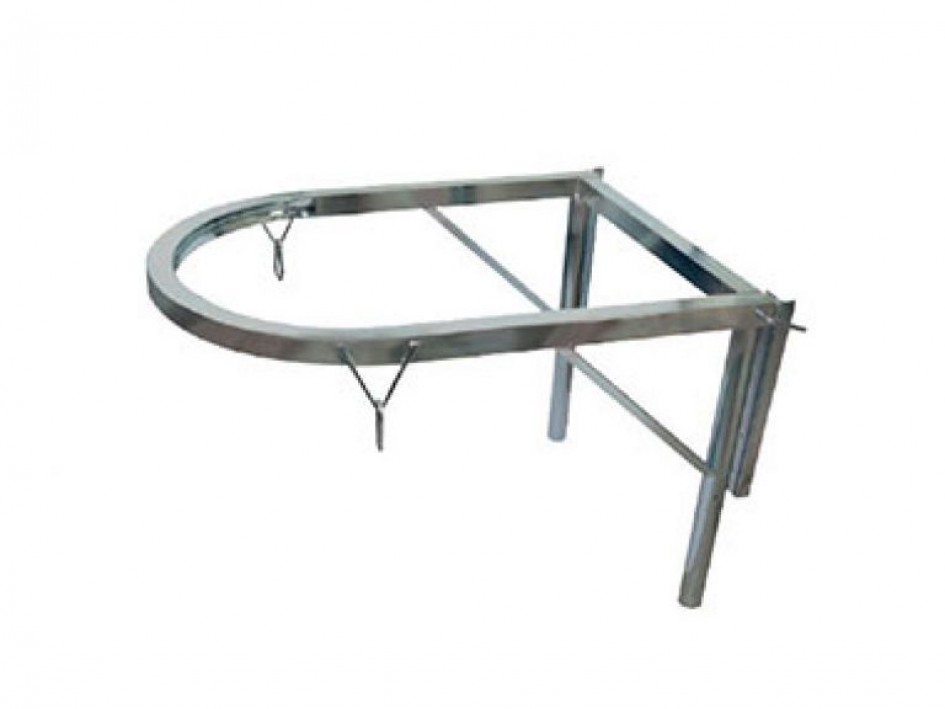Three Things to Do to Properly Use The Rubbish-Chute
18 June 2020
The debris conveyor, also called rubbish-chute, is the most used system for an easy, safe, and clean discharge of rubble and dry dirt of construction works on the roof or the highest floors of a building.
The debris conveyor, also called rubbish-chute, is the most used system for an easy, safe, and clean discharge of rubble and dry dirt of construction works on the roof or the highest floors of a building.
It is suitable for many types of site, like building constructions, façade restorations, roofings and terrace renovations, and has the indispensable ease of use of being modular, thus adaptable to the proper length.
Moreover, as it is flexible, it can easily reach the collection area from any point of discharge.
These three things to do for its proper use and maintenance, as well as extending his functionality and duration, ensures maximum safety for the workers, other people, vehicles and objetcs near the construction site.
1. Ensure a proper fixing to the structure
The rubbish-chute can be fixed both to the bearing walls or structural surfaces of the building, and to a metal scaffold. Either way, top hopper should not absolutely move, but be stable and firmly attached to the building or the scaffold.
You should also use the proper joints and fixing accessories provided by the supplier of the rubbish-chute
If you fix the conveyor directly on the building, ensure that, as well as you made a workmanlike manner fixing point, the walls are strong enough to bear the weight of the empty column and the dynamic load during the discharge of the rubble.
Refer to the product documentation to make certain that the length of the column you are going to make, doesn't need any middle fixing. In that case, take care of making any middle fixing point with the same characteristics and precautions of the first.
2. Use braking devices and protection metal sheets
The rubbish chutes, like any other working tool, are subject to normal deterioration and, given their particular use, they can be exposed to injuries and brakages.
That's why, depending on the characteristics, type and dimensions of the debris and the length of the column, you should take some precautions to extend their functionality and duration.
Braking devices
Designed with the specific purpose of slowing down the vertical falling of the rubble inside the chute and the consequent usury on the inner walls, braking devices also involve the advantage of shattering the debris, making their disposal easier. They also significantly lower the noise and the dispersion of the dust.
Protection metal sheets
Protection metal sheets have the task of protecting the inner parts of the conveyor modules, above all the ones in the curves of the discharging columns. In fact, these are the parts mainly subject to deterioration and premature failure, especially due to heavy, abrasive or sharp debris.
3. Employ qualified and properly trained personnel
Under the current Italian safety legislation, during all phases, it is obligatory to use the personal protective equipment adjusted to the features of the working site. Another pre-condition is the proper training of the personnel responsible for the correct assembly, use and removal of the rubbish-chute.
In fact, before proceeding with the assembly of the column, the workers should be able to check the proper safety conditions both of the working environment, both of the tools, and the perfect integrity of all the elements: modules, joints, chains, safety hooks, etc.
After the installation, and on a regular basis in case of long-lasting working sites, workers should check the efficiency of every fixing point, the perfect functionality of all the mechanical parts, and the cleanliness of the inner walls.
At the end of its use, personnel will disassembly the rubbish chute in a gradual, careful, and consistent with the safety principles way. They will take care of dismissing any usured, broken or in bad condition element.




